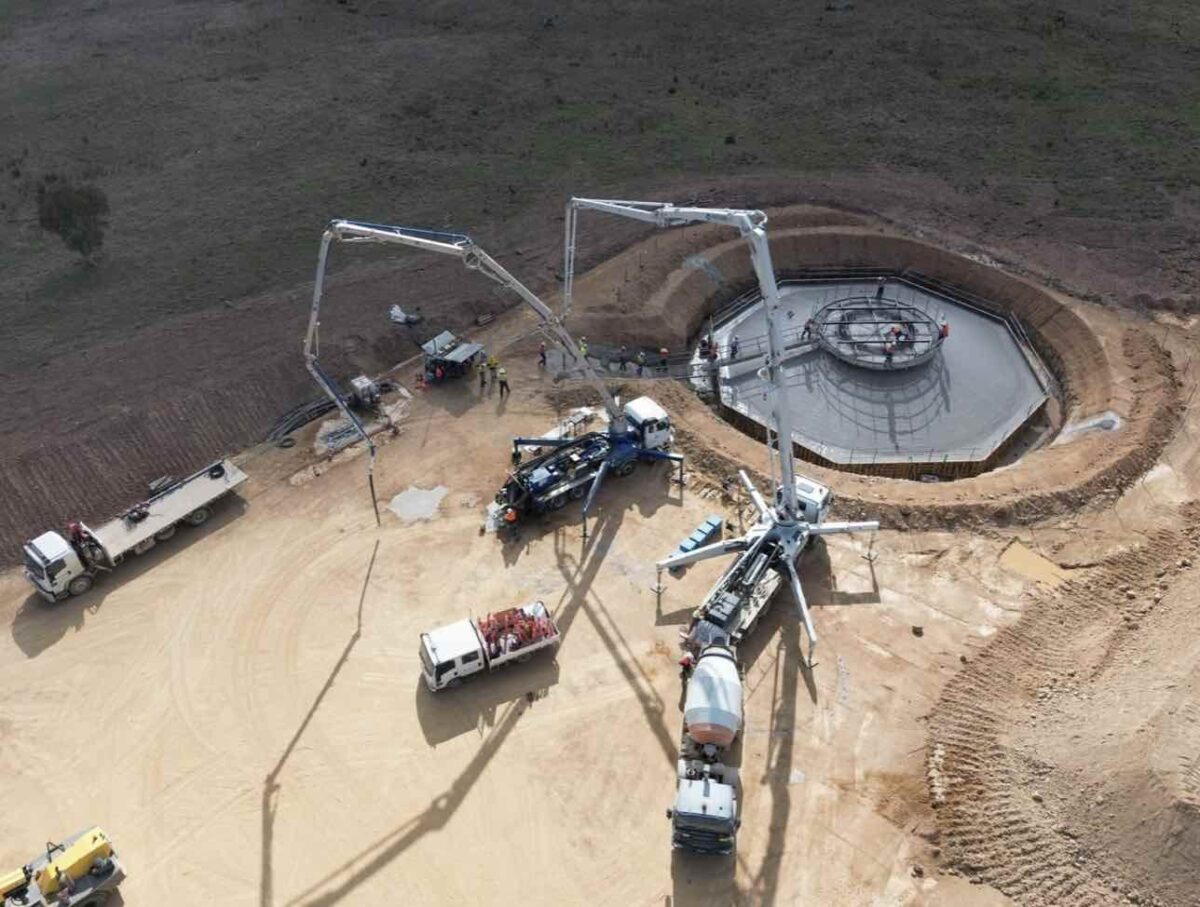A new report predicts that delaying the closure of Australia’s biggest coal generator at Eraring, and other ageing coal plants, could add thousands of dollars to consumer bills and set back the rollout of new renewables and storage.
A report by Nexa Advisory – supported by modelling by Endgame Economics – finds that delaying the closure of the 2.8GW Eraring coal generator and the 1.3GW Vales Point coal plant could add up to $6,000 to consumer bills over the next decade or two.
The report follows another study by Climate Energy Finance last week that showed that closing Eraring and Vales Point on time was very feasible, despite the intense efforts of fossil fuel lobby groups, the federal Coalition and conservative media, and delays to key infrastructure such as transmission lines.
“We just need to be smarter,” says Nexa CEO and Founder Stephanie Bashir.
“Rather than the state government committing hundreds of millions in public money to prop up expensive and unreliable coal-fired power stations, a better approach would be to accelerate the rate at which we deploy new clean energy resources.
”We can close Eraring and other coal- fired power stations on time, if we act now and work fast.”
Eraring is currently scheduled by its current owner Origin Energy to close in August, 2025, although that date has never been locked in. There are suggestions that at least some units could be kept open for another summer, although the CEF report suggests that could cost up to $400 million a year.
Meanwhile, the new owners of Vales Point have extended its life expectancy, and indicative closure date, from 2029 to 2033, raising fears that the state’s transition plans and emissions targets will be compromised.
Nexa says if the closure of the Eraring power station is delayed, because replacement renewable generation is not built in time, then it is likely the scheduled closures of other coal-fired power stations could also be missed.
As ITK principal and Energy Insiders co-host David Leitch writes today, coal fired power stations are making huge profits right now, partly due to the delays in new wind, solar and storage. See: Coal generation is very profitable right now – thanks to the NSW government
The recommendations cited by Nexa Advisory include accelerating auctions for new capacity, including storage, though the federal Capacity Investment Scheme, the Clean Energy Finance Corporation and the NSW EnergyCo, and adjusting some of the contract terms.
It suggests more transparency over any potential shortfalls, and notes that none likely exists with the expansion of the two-hour storage tender by the federal government under the auspices of the Capacity Investment Scheme.
Nexa also suggest energy ministers make a declaration on the closure dates for coal-fired power stations, which would give the market certainty. This could be supported by a legislated coal closure mechanism and a strategic operating reserve.
The report also recommends exploring long-duration storage technologies like flow batteries and liquid air energy storage, mostly because pumped hydro is proving difficult and costly, and long duration storage is needed.
It also suggests that development of wind, solar and storage projects outside the state’s five defined renewable energy zones be facilitated to take advantage of existing transmission capacity, and local distributed networks.
It says this can be done by underwriting power purchasing agreements “to ensure a more rapid delivery of new firmed generation projects”, and to expand the small scale renewable energy scheme from 100kW to 1MW to encourage more commercial and industrial scale rooftop solar systems.
“If we don’t get this done, then consumer bills will go up,” Bashir says.
Nexa says there is a pipeline of 4.3GW of committed and anticipated projects, and a further 32 GW of proposed projects, more than enough to fill the gap created by Eraring.
“Prioritising and accelerating the connections of these projects will provide investor certainty for financial close and facilitate timely commissioning,” the report says.
However, many developers question how much capacity is actually available to be built, given the delays in planning approvals for many projects. Only two wind farms, for instance, have won planning approval in the last four years, according to data from Rystad Energy.
Simon Corbell, the head of Clean Energy Investor Group which represents many of the leading renewable energy developers, says a delay in the closure of Eraring would result in less investment in new clean energy projects.
“It will (also) blow out our emissions target and budget. Australia cannot afford to have that at this time,” he said in a statement.










